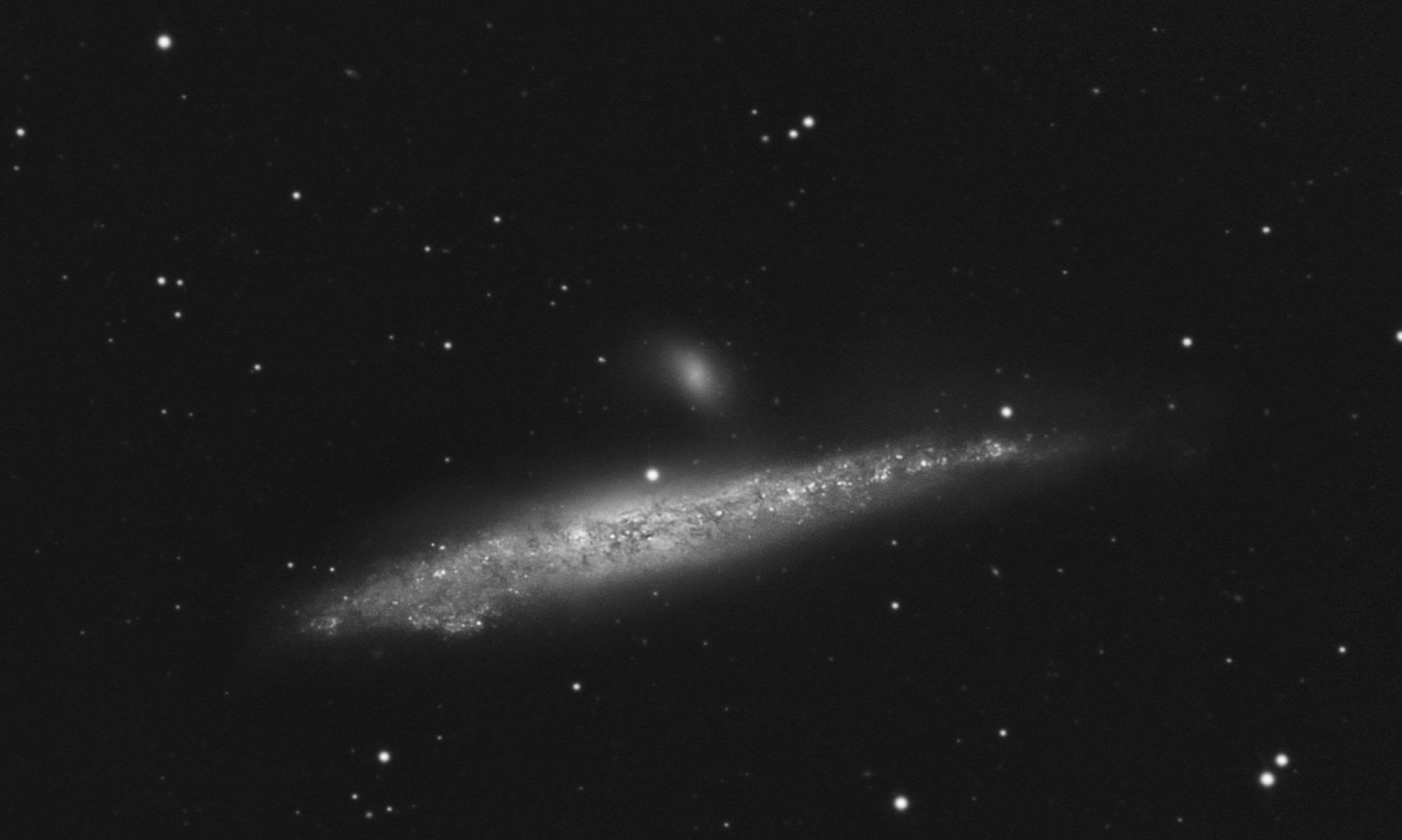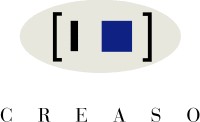Is there a easy to use photo stacking software you guys can recommend please, Harvey
Announcement
Collapse
No announcement yet.
Photo stacking software
Collapse
X
-
-
Re: Photo stacking software
Depends on what you need to do!
As Paul has recommended, Registax (PC Only) is the one for Astrophotography such as star-trails, DeepSkyStacker is for feint nebulae, clusters and the like, but there are also utilities for focus stacking.Steve's kit - Canon 6D/EG-D/BG-E13/60D/EF-D/BG-E9/600 EX-RT/17-40L/24-105L/40/100L/70-200L/70-300/2x iii/Sigma 8-16/Yongnuo YN-568EX (x2)/YN560EX II/YN622C-TX/YN622C (x4)
Comment
-
Re: Photo stacking software
photoshops photo merge works too I'm sure.Fuji X-T1 | 1D IV
www.campsie.photography
Comment
-
Re: Photo stacking software
That's probably focus stacking then, shooting lots of images at different focus distances to increase the depth of field beyond what the lens allows?
For Focus Stacking I'd suggest looking at CombineZP (free and good) or Photoshop CS (it used to require Extended, but I'm not sure it still does, as I have Extended I can't check this).
CombineZP: http://www.youtube.com/watch?v=2B36OStuHjs
Photoshop: http://cameraergonomics.blogspot.co....ft-lenses.html
Photoshop: http://digital-photography-school.co...focus-stacking
Photoshop: http://digital-photography-school.co...sing-photoshop
http://www.cambridgeincolour.com/tut...s-stacking.htm (pre-dates CombineZP and mentions the earlier CombineZM)
Other types of stacking: AutoStakkert (perhaps the best), Registax (optionally with the PIPP preprocessor), Photoshop CS6.
 AutoStakkert! (AS!3, AS!2) is lucky imaging software used to automatically analyze, align, and stack images of the Sun, Moon and Planets that were taken through a telescope. Using a fast video camera, noisy and slightly distorted images are obtained, that can be combined into a single high quality image using this software. AutoStakkert! is free software, easy to use, very fast, and generally produces the sharpest results compared to other lucky imaging software.
AutoStakkert! (AS!3, AS!2) is lucky imaging software used to automatically analyze, align, and stack images of the Sun, Moon and Planets that were taken through a telescope. Using a fast video camera, noisy and slightly distorted images are obtained, that can be combined into a single high quality image using this software. AutoStakkert! is free software, easy to use, very fast, and generally produces the sharpest results compared to other lucky imaging software.
You can also stack for super-long exposures, such as Star Trails (e.g. http://www.lincolnharrison.com/blog/...image-stacking ) plus people removal (e.g. http://www.aecbytes.com/tipsandtrick...photoshop.html ).
Also some people stack from video when doing sharpness stacking (often in Astronomy).
Comment
-
Re: Photo stacking software
I am a little confused here, so please enlighten me, as to why it would be necessary to 'stack' macro images.
As an astro imager, image stacking is an essential part of image processing, as we are dealing with images of very feint objects, long exposures, and 'noise' content.
The total exposure time can run into several hours, during which we have to contend with satellites and aircraft flying through the field of view.
If a 3 hour exposure, was taken as a single image, or even comprising of say 3 x 1 hour exposurse 'stacked', then 1, 2, or all three images could be ruined by an aircraft.
So, we tend to take multiple exposures, say 12 x 15 minute exposures to make up a 3 hour total exposure. If one or two are lost to aircraft, its not as bad a losing a whole three hour exposure.
These 12 images will then be combined (stacked) in software, usually a median combine, to produce a single composite image.
Software such as Astroart 5, Pixinsight, and Maxim DL, are very popular, the latter being very expensive.
Macro images, taken in good natural light, or with ring-ring flash, will have a good signal to noise ratio, and as such be no more noisy than your normal images, so why would there be any need to 'stack' them?
Dave Last edited by Dave_S; 12-11-2013, 14:42.
Last edited by Dave_S; 12-11-2013, 14:42.
Comment
-
Re: Photo stacking software
Dave I'm sure someone that does macro will be along but I believe it is to do with very narrow dof so by stacking a bunch of images you get more in focus? TS-E17 F4L, 70-300L, 100 F2.8L Macro. http://www.flickr.com/photos/waynelsworth/
TS-E17 F4L, 70-300L, 100 F2.8L Macro. http://www.flickr.com/photos/waynelsworth/
Comment
-
Re: Photo stacking software
That's precisely the reason. With Macro, the depth of field is minuscule and can amount to just 1mm or so. By taking a series of images at differing focus points it is possible to build an image showing a completely in-focus subject, you're in effect taking a series of slices through the scene and stacking them to produce a 2D representation of a 3D image. If memory serves me, the Magic Lantern (hacked) firmware offers some for of semi-automated focus stacking features to simply the process.Originally posted by Wayne Els View PostDave I'm sure someone that does macro will be along but I believe it is to do with very narrow dof so by stacking a bunch of images you get more in focus? Steve's kit - Canon 6D/EG-D/BG-E13/60D/EF-D/BG-E9/600 EX-RT/17-40L/24-105L/40/100L/70-200L/70-300/2x iii/Sigma 8-16/Yongnuo YN-568EX (x2)/YN560EX II/YN622C-TX/YN622C (x4)
Steve's kit - Canon 6D/EG-D/BG-E13/60D/EF-D/BG-E9/600 EX-RT/17-40L/24-105L/40/100L/70-200L/70-300/2x iii/Sigma 8-16/Yongnuo YN-568EX (x2)/YN560EX II/YN622C-TX/YN622C (x4)
Comment
-
Re: Photo stacking software
I can understand the logic of what you are saying Steve, but to me I can't see the benefit.
You take an image at one focus point, then another at another focus point, then another, and so on until you have captured the object a different DOF points.
So, you have image one, with the sharp focus, at say the nearest point (talking mm here). Parts of the image beyond this point, will be progressively less sharp with regards to focus point one.
Next move inwards to the next focus point, and take another image. In this second image, the point focused in the first image, will be less sharp.
This de-sharpening of the focus point in the previous image, will continue throughout the sequence.
The focus point of the first image will now be significantly out of focus with the same point in the last image. Unless someone has re-written the 'Laws of Physics"
Stacking of images, is used primarily to improve the signal to noise ratio of the final image. It cannot be used to improve focus.
Therefore, the final stacked macro image will be an average of the number of focus points, and no one part of the image will be as sharp as each individual image, focussed at it's individual point.
In other words, focus point one will be less sharp in the final composite image, than it was in image one.
It is common practice to combine images of different exposure, HDR for example with terrestrial photography, and for such object as the Orion Nebula in astro imaging, where the core area is very bright, and the out gas and dust much fainter.
The focus point for each image, HDR or astro, is the same in each individual image.
DaveLast edited by Dave_S; 12-11-2013, 17:18.
Comment
-
Re: Photo stacking software
If you really want to go deeper into the advantages and disadvantages of stacking digital images, then we are going have to get into realm of hard sums.
That is to say the Nyquist Theorem, and Fourier Transforms. This can really make your brain hurt, believe me
DaveLast edited by Dave_S; 12-11-2013, 17:20.
Comment



Comment